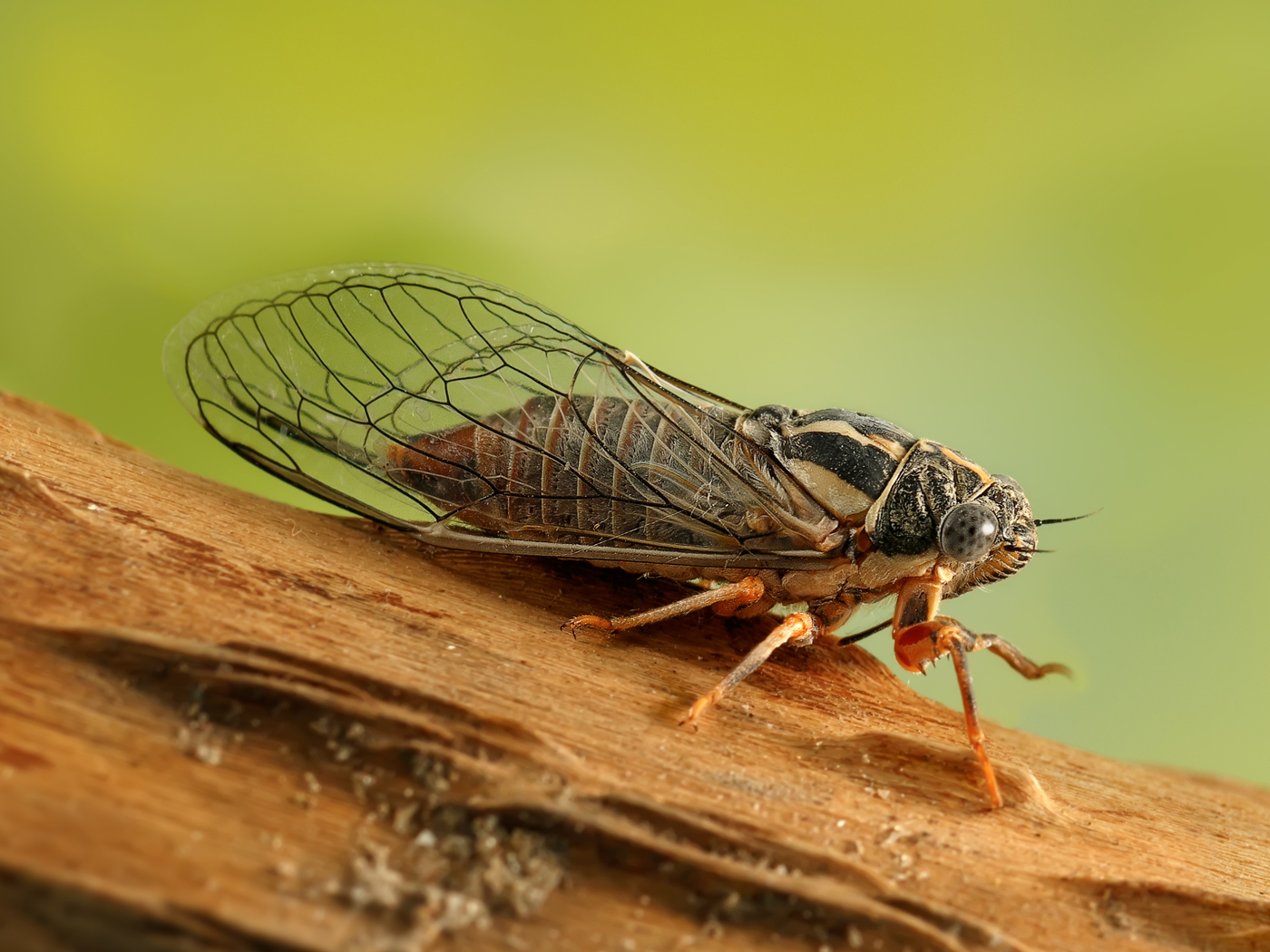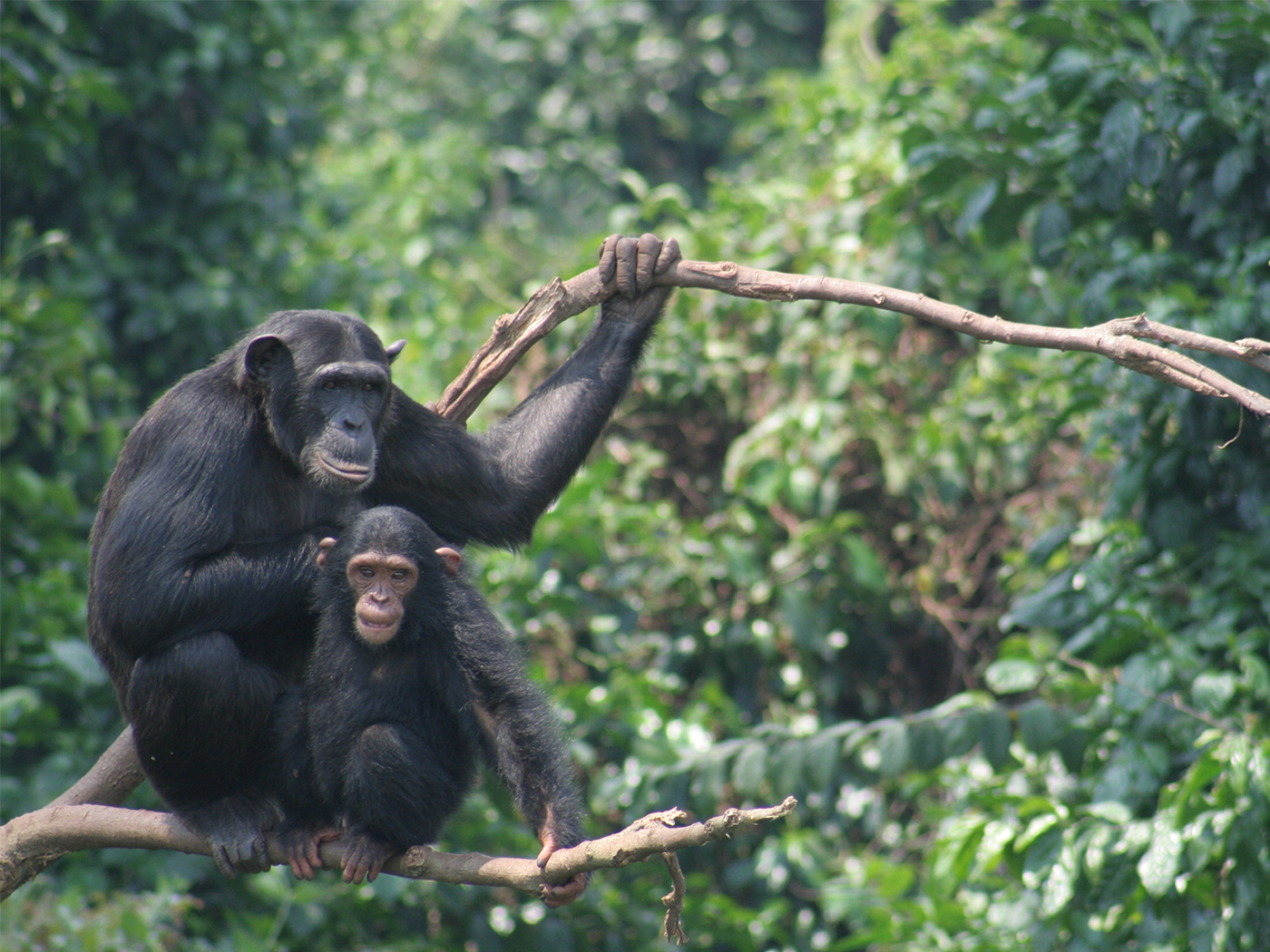The media has been increasingly alive with stories touted as proof for Darwinian evolution. Much has recently been written regarding the discovery of new animal and plant species and secular scientists' unearthing of missing links from the fossil record.
Recently, evolutionists have claimed a South American species of butterfly, Heliconius heurippa, was “created.” But this new species hardly refutes divine creation. What researchers have created is a hybrid butterfly whose genes and color are blends of two other Heliconius species, but the new butterfly is still a butterfly. This hybridization is clearly not macroevolution; it is subspeciation or variation within the butterfly kind. Producing a butterfly from two non-butterflies would prove macroevolution. Those skeptical of neo-Darwinian claims are still waiting for such major changes.
Hybridization (mating between divergent populations) has never been contrary to the creation model; it is common in plants, can be done in the lab or wild, and has nothing to do with real evolution (also known as macroevolution).
Was this an example of “evolution in action”? Of course not. Some of the best and brightest entomologists, with time and funding, were engaged in a direct attempt to produce a lab hybrid. No one should be surprised when they were successful. They produced a butterfly of the genus Heliconius from two butterflies, both belonging to the genus Heliconius.
What about the origin of the Lepidoptera (moths & butterflies)? A recent book on insect evolution, Evolution of the Insects, states on page 556 that Lepidoptera wings and scales have been found in Early Jurassic rock, perhaps 200 million years ago according to evolutionary thinking. So, the first time we find fossilized evidence of Lepidoptera, the fossil is 100% Lepidoptera, as the creation model states.
Man cannot create anything. That ability lies with only God, the Creator. Man can make something from existing materials, like a new butterfly subspecies.
Reference
- Grimaldi, David and Michael S. Engel. 2005. Evolution of the insects. Cambridge: Cambridge Univ. Press.
Article posted on July 18, 2006.


















